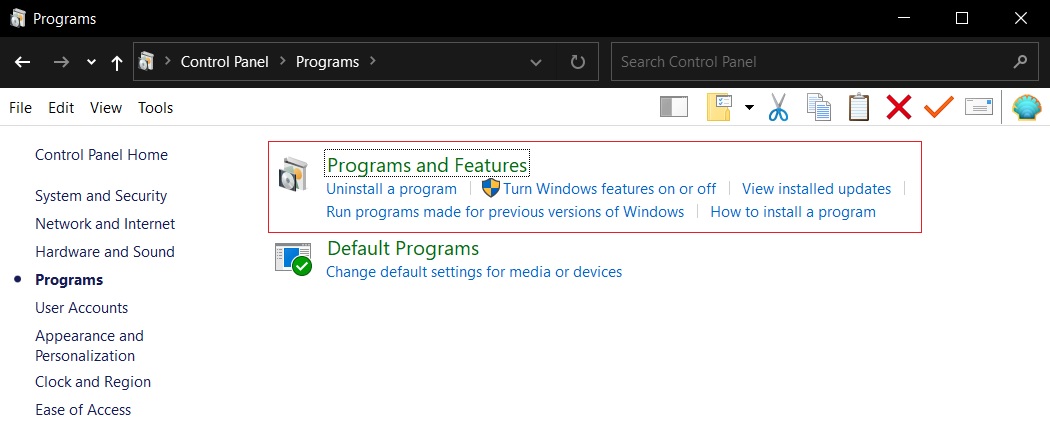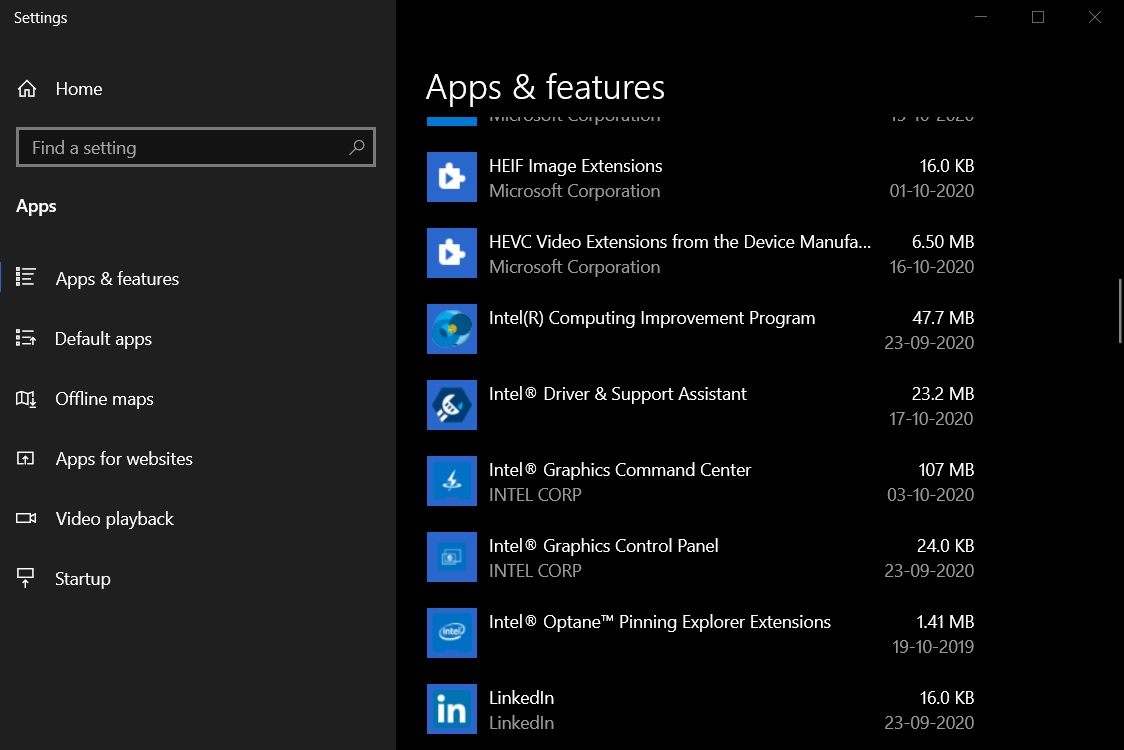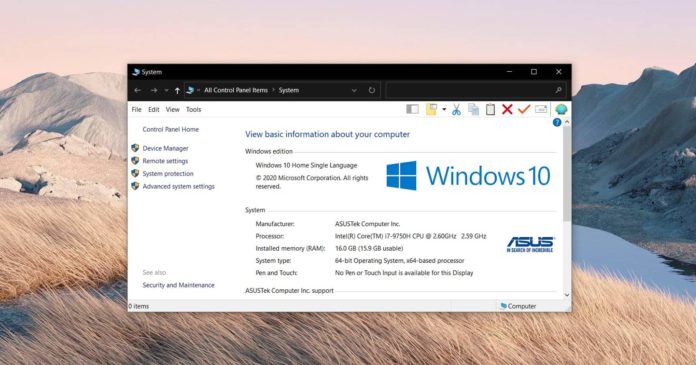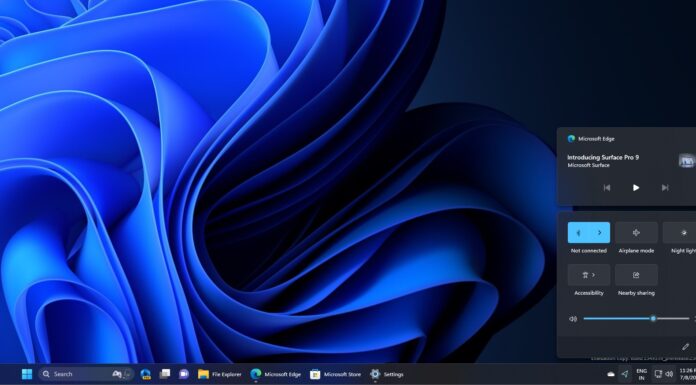Windows Control Panel has been one of the most useful and iconic features on Windows 10, but Windows 10 is now set to drop the iconic Control Panel by ditching its features in bits and pieces.
The Control Panel has been an essential part of Windows 10 and it’s not being killed off completely, but another evidence suggests that Control Panel days might be numbered.
Earlier this year, references to ‘Hide_System_Control_Panel’ were spotted in the preview builds and Microsoft officially confirmed that the Windows 10 October 2020 Update has removed the System page in the Control Panel.
In Windows 10 October 2020 Update or newer, users are now prevented from accessing the System page of the Control Panel. This is because Microsoft has implemented a flag in Windows 10 that redirects users opening ‘System’ under Control Panel to the ‘About’ page in the System > Settings app instead.
For some reasons, Microsoft still allows users to ‘bypass’ the redirect to the modern Settings app and access the System page in the Control Panel again.
In the latest preview builds, Microsoft has removed all shortcuts that allowed you to access the retired pages of the Control Panel. In other words, you can no longer right-click within the File Explorer and select ‘Properties’ to open the retired ‘System’ page of the Control Panel.
Likewise, Microsoft has even blocked CLSID-based IDs and third-party apps. Open Shell and Classic Shell, are also no longer able to launch the hidden System applet of the Control Panel.
Now, when a user tries to open the retired Control Panel page, they are brought to the About page instead.
In preview builds, Microsoft also appears to be testing a flag that will redirect “Programs and Features” under Control Panel to the Apps & Features in Settings instead.

Likewise, sources familiar with the development believe that a future Windows 10 update will also drop support for other pages of the Control Panel.
Microsoft says the Settings app already has functions provided by these ‘retired’ Control Panel applets, so this really appears to be the case of streamlining the settings experience by removing duplication, rather than forcing users to use incomplete functionalities.
While Settings app for these replacements has already been updated with all necessary features, the problem with the Settings UI is that it uses a lot of spacing and it also reduces the number of items that are listed on a single page.

Similarly, it comes with a list layout whereas Control Panel uses table layout, and options to filter items are not always visible within the modern Settings app. In Control Panel, headers are always visible when you open a particular configuration page and you don’t have to scroll all the way up to access the sorting.






















